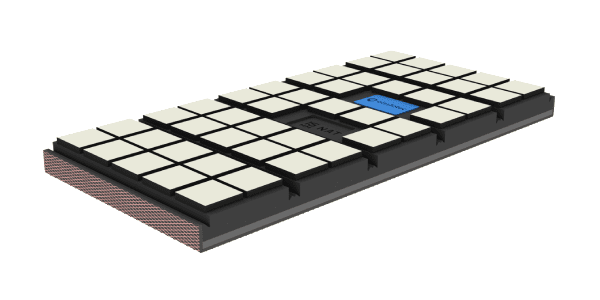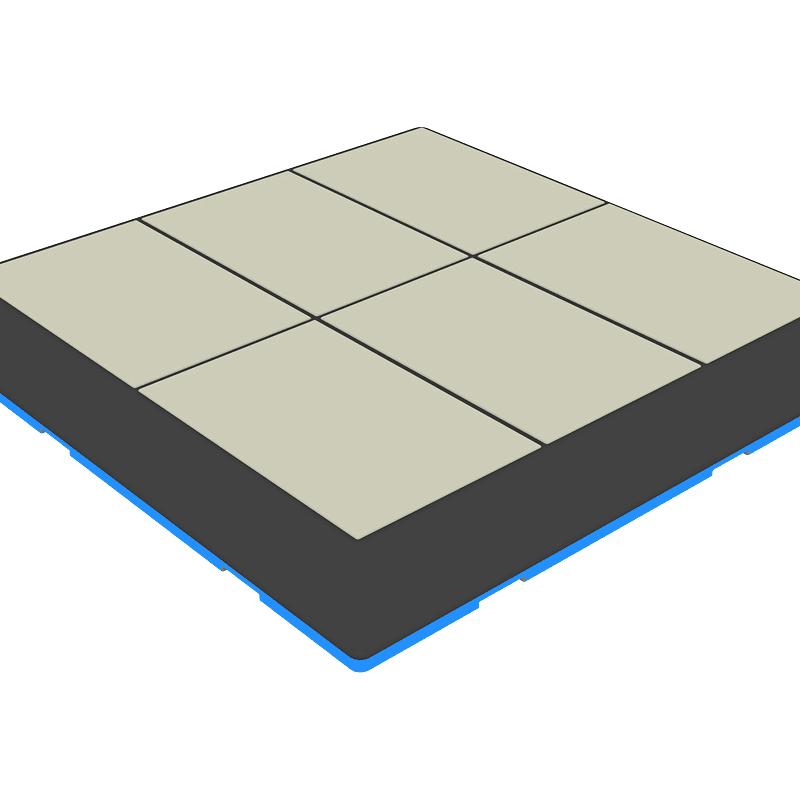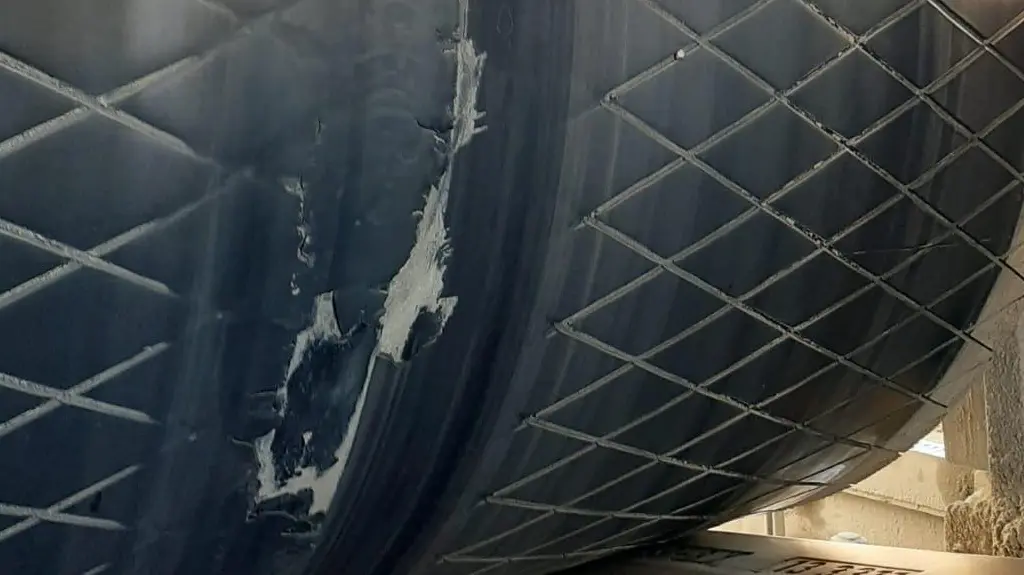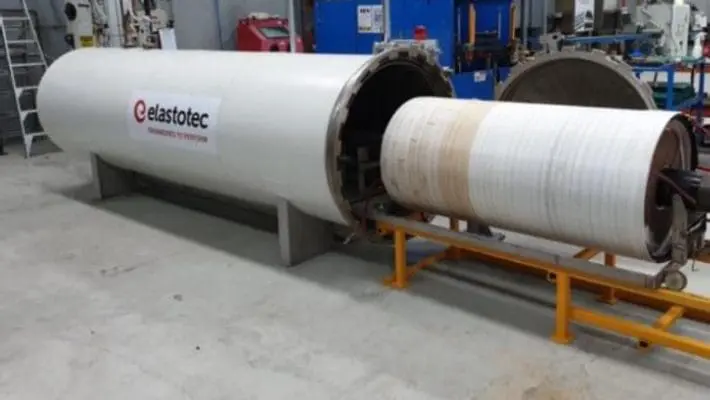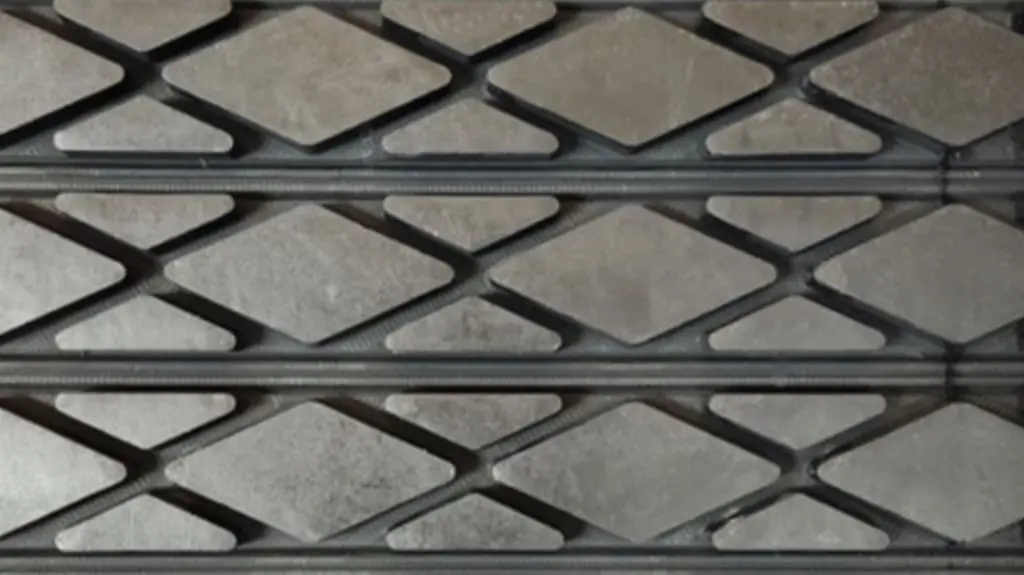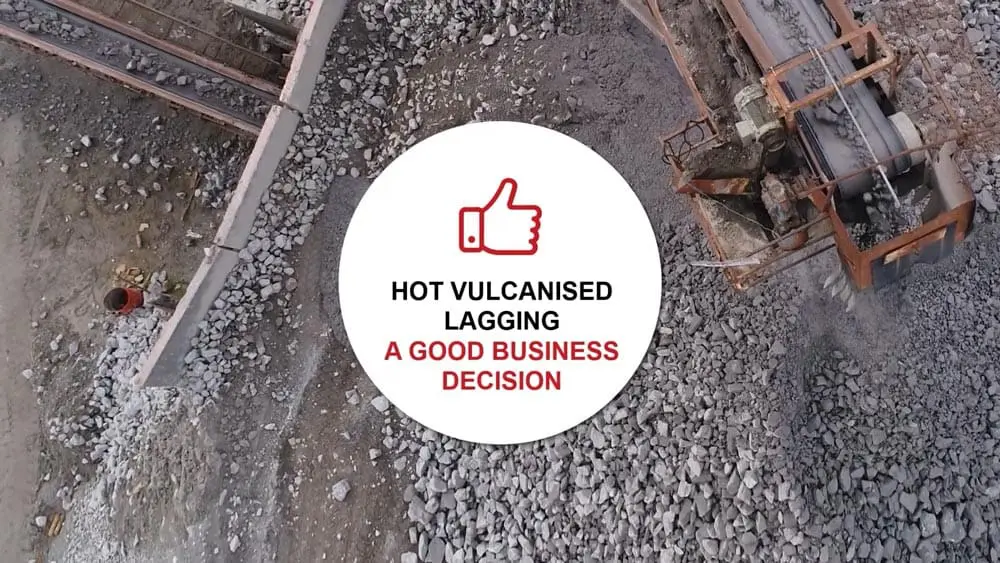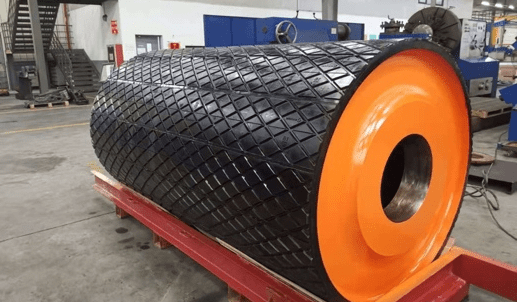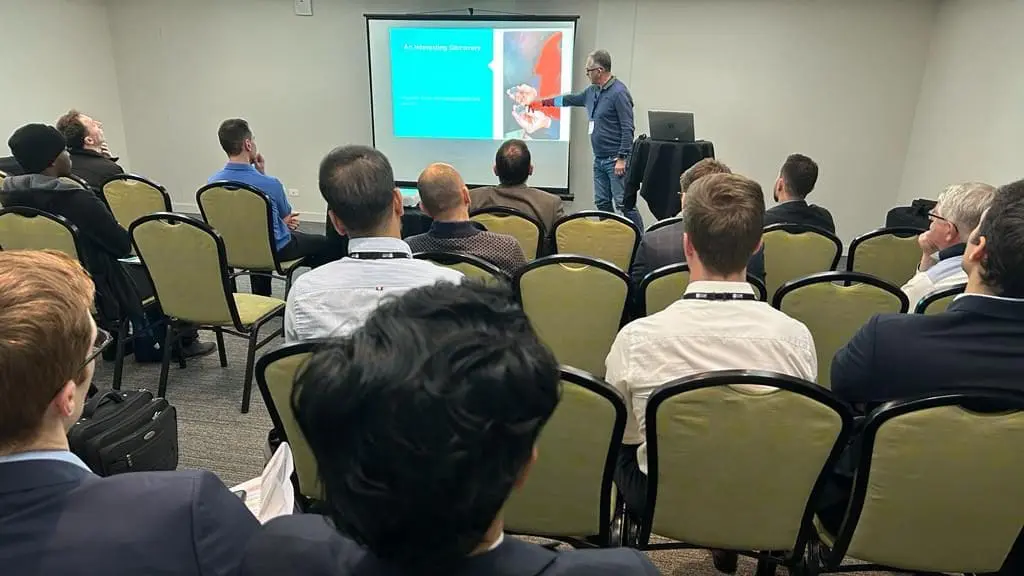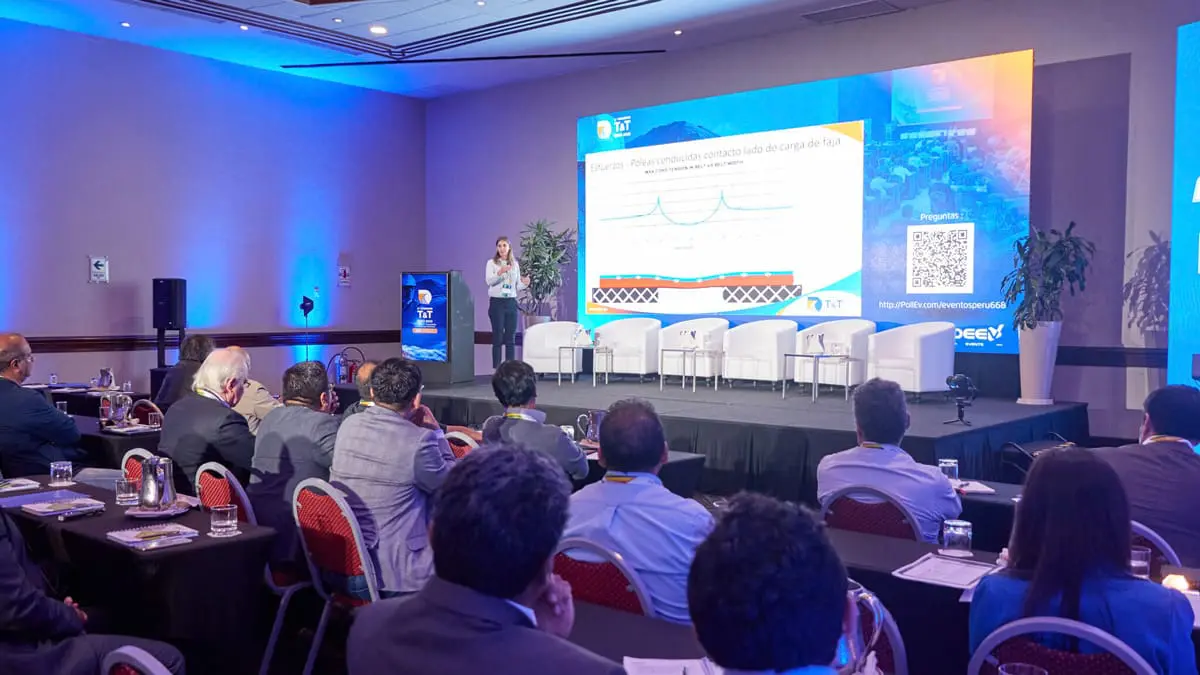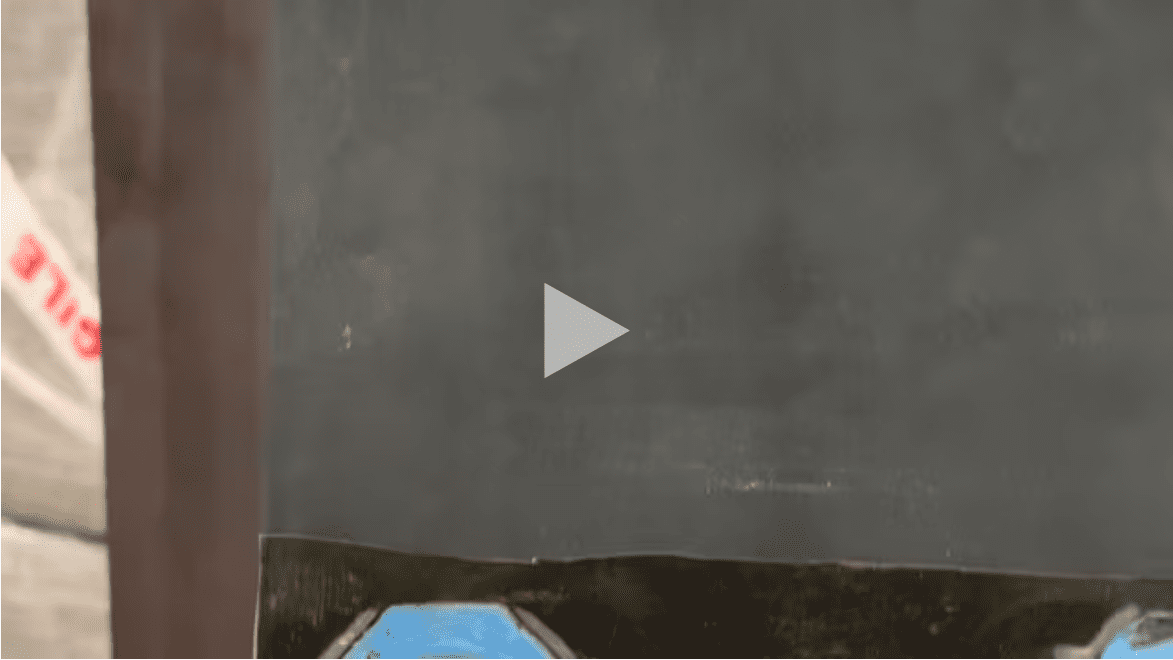General conditions
Recommendations are for engineered pulleys operating in a temperature range from -45°C to +60°C in dry and wet conditions.
Operation in contact with chemicals such as oil, bitumin etc requires specialist analysis – contact Elastotec.
Bonding system
| PULLEY | ELASTOTEC RECOMMENDATION | REASON | WARRANTY |
|---|---|---|---|
| New pulleys | Hot Vulcanised Bonding | Eliminates three of the most common causes of lagging failure: – debonding from the pulley shell – edge lifting – separation, lifting and corrosion at the joints between lagging strips. | Elastotec warranty in place |
| Refurbished pulleys | Hot Vulcanised Bonding | Eliminates three of the most common causes of lagging failure: – debonding from the pulley shell – edge lifting – separation, lifting and corrosion at the joints between lagging strips. | Elastotec warranty in place |
| Pulley lagging repair on the conveyor | Cold Vulcanised Bonding | Only bonding system suitable for on site lagging application – emergency repairs only where pulley cannot be removed from the conveyor. | Not applicable |
Lagging selection
| PULLEY | ELASTOTEC RECOMMENDATION | REASON | WARRANTY |
|---|---|---|---|
| DRIVE PULLEYS | Hot Vulcanised Ceramic Lagging (Thickness to be determined by Lagging Analyst analysis.) |
| Elastotec warranty in place |
| NON-DRIVE PULLEYS Non-drive pulleys requiring maximum lagging service life.Conditions: • No Carry back exists. • For High Tension (>1,000 kN/m) contact belt surface must be uniform. | 1) Hot Vulcanised Ceramic Lagging |
| Elastotec warranty in place |
| Non-drive pulleys where there are concerns about buildup from carryback i.e. pulleys in contact with carry side of the belt. | 2)Hot Vulcanised Polyurethane (PU) Lagging |
| Elastotec warranty in place |
| High tension non drive pulleys and pulleys in contact with an uneven belt surface. | 3)Hot Vulcanised highly abrasion resistant Rubber Lagging with hardness 60+/-5 shore A |
| Elastotec warranty in place |
Important notes:
- Hot Vulcanised Bonding should be used when ever the pulley has been removed from the conveyor.
- Be cautious using Hot Vulcanised Ceramic or PU Lagging from suppliers that purchase Cold Vulcanised Lagging and then apply this to the pulley using their own Hot Vulcanising Techniques. Elastotec Hot Vulcanised Lagging uses rubber and PU compounds and tile bonding systems that are designed to handle autoclave curing with no degradation.
- Cold Vulcanised Bonding should only be used for emergency lagging repairs for pulleys on conveyors.
- Direct Bond Ceramic Lagging can be used for both Drive and Non-drive pulleys but requires detailed engineering analysis to ensure that there is no damage to the belt bottom cover and no debonding of the lagging due to flexing of the pulley shell. Contact Elastotec for specific design assistance.
- High tension pulleys require detailed evaluation of the operating conditions, belt condition, likelihood of carry back etc. as any uneven tension across the pulley surface may accelerate lagging failure.











